Three Kingdoms of Korea
Goguryeo Kingdom
Goguryeo, also known as Koguryŏ, was an ancient Korean kingdom located in the northern and central parts of the Korean Peninsula and the southern and central parts of Manchuria. It was one of the Three Kingdoms of Korea, along with Baekje and Silla.
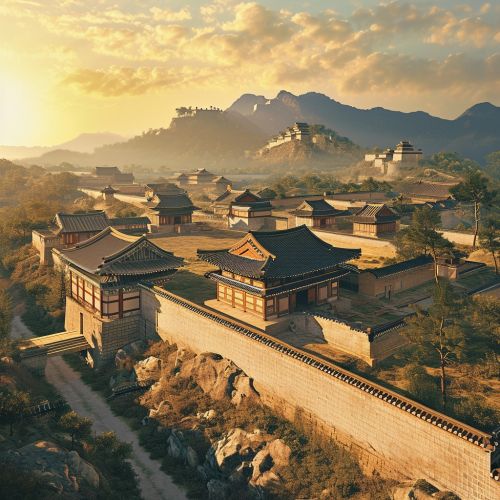
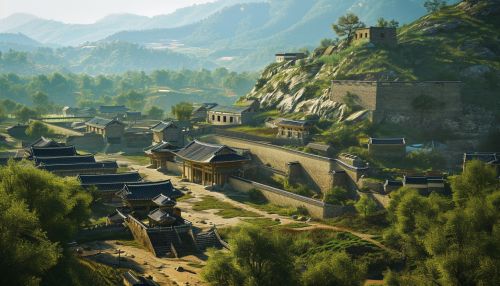
Goguryeo was founded in 37 BC by Jumong, a legendary figure in Korean history. It was a powerful empire and one of the great powers in East Asia, until it was defeated by a Silla–Tang alliance in 668 AD. During its existence, Goguryeo was known for its military prowess, arts, culture, and architecture.
Politics and Military
The political system of Goguryeo was monarchical, with the king as the supreme ruler. The king was assisted by a council of nobles and officials. The military was a significant part of Goguryeo society, with its soldiers known for their bravery and skills in archery and horse riding.
Culture and Religion
Goguryeo culture was heavily influenced by the cultures of northern nomadic peoples, as well as Chinese culture. The kingdom was known for its distinctive art, architecture, and music. Buddhism and Shamanism were the main religions practiced in Goguryeo.
Baekje Kingdom
Baekje was a kingdom located in southwest Korea. It was one of the Three Kingdoms of Korea, together with Goguryeo and Silla. Baekje was founded in 18 BC by King Onjo, the son of Goguryeo's founder, Jumong.
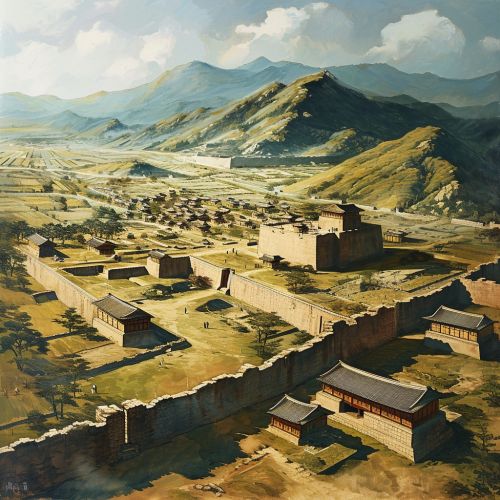
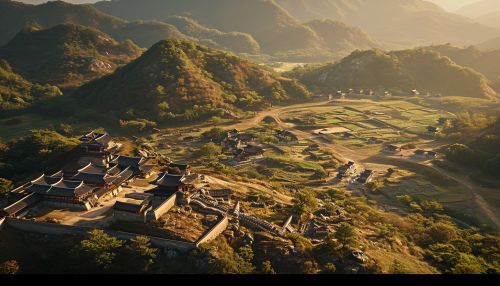
Baekje played a significant role in the spread of Buddhism and other aspects of culture to other parts of East Asia, including Japan. The kingdom was known for its art and architecture, which had a significant influence on the cultures of other East Asian countries.
Politics and Military
Baekje was a centralized monarchy, with the king as the supreme ruler. The king was assisted by a council of nobles and officials. The military was a significant part of Baekje society, known for its navy and its skills in warfare.
Culture and Religion
Baekje culture was heavily influenced by Chinese culture, particularly in terms of its art and architecture. Buddhism was the main religion practiced in Baekje, and the kingdom played a significant role in the spread of Buddhism to Japan.
Silla Kingdom
Silla was a kingdom located in the southeastern part of the Korean Peninsula. It was one of the Three Kingdoms of Korea, along with Goguryeo and Baekje. Silla was founded in 57 BC by Hyeokgeose, a legendary figure in Korean history.
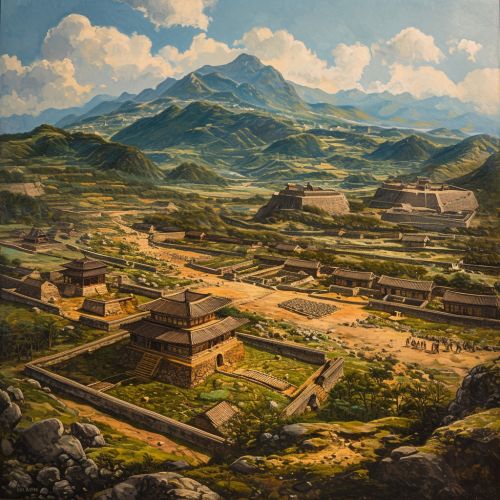

Silla is known for having the longest ruling dynasty in Korean history, lasting nearly a thousand years. The kingdom was known for its advanced culture and arts, as well as its Buddhist culture.
Politics and Military
Silla was a centralized monarchy, with the king as the supreme ruler. The king was assisted by a council of nobles and officials. The military was a significant part of Silla society, known for its elite warrior group, the Hwarang.
Culture and Religion
Silla culture was heavily influenced by Chinese culture, particularly in terms of its art and architecture. Buddhism was the main religion practiced in Silla, and the kingdom was known for its Buddhist culture and arts.
